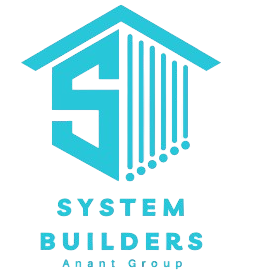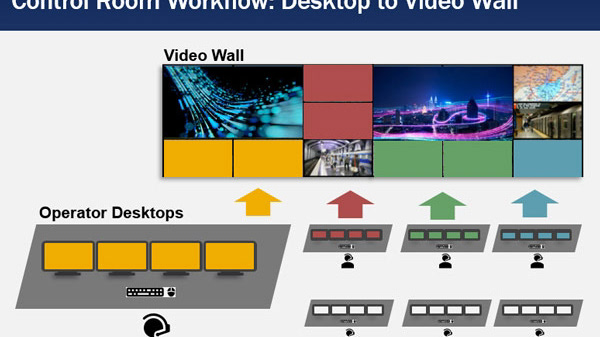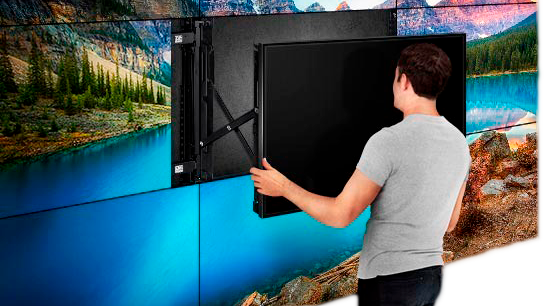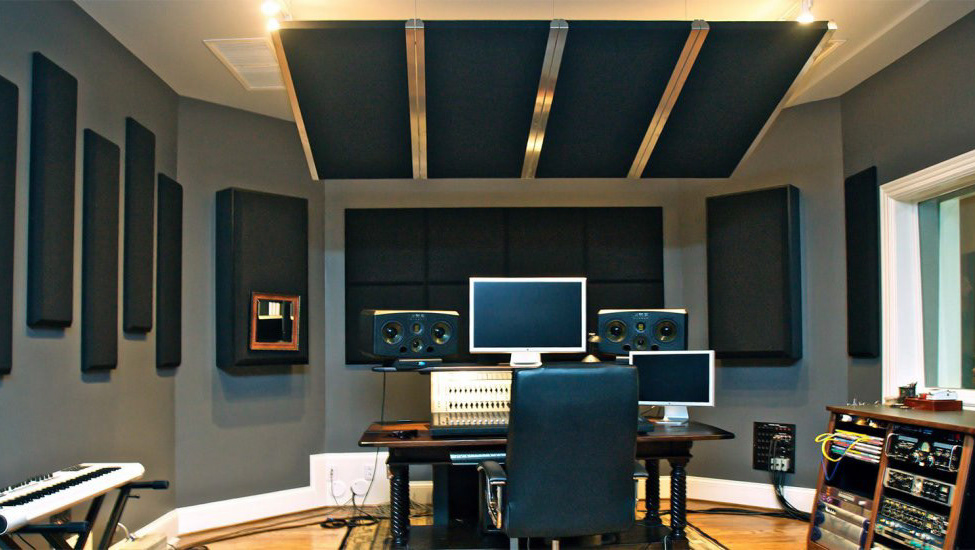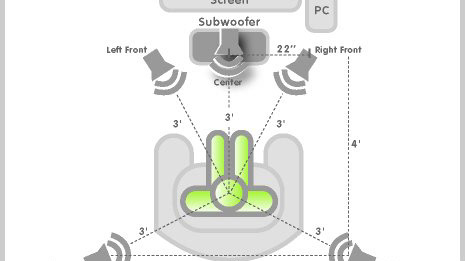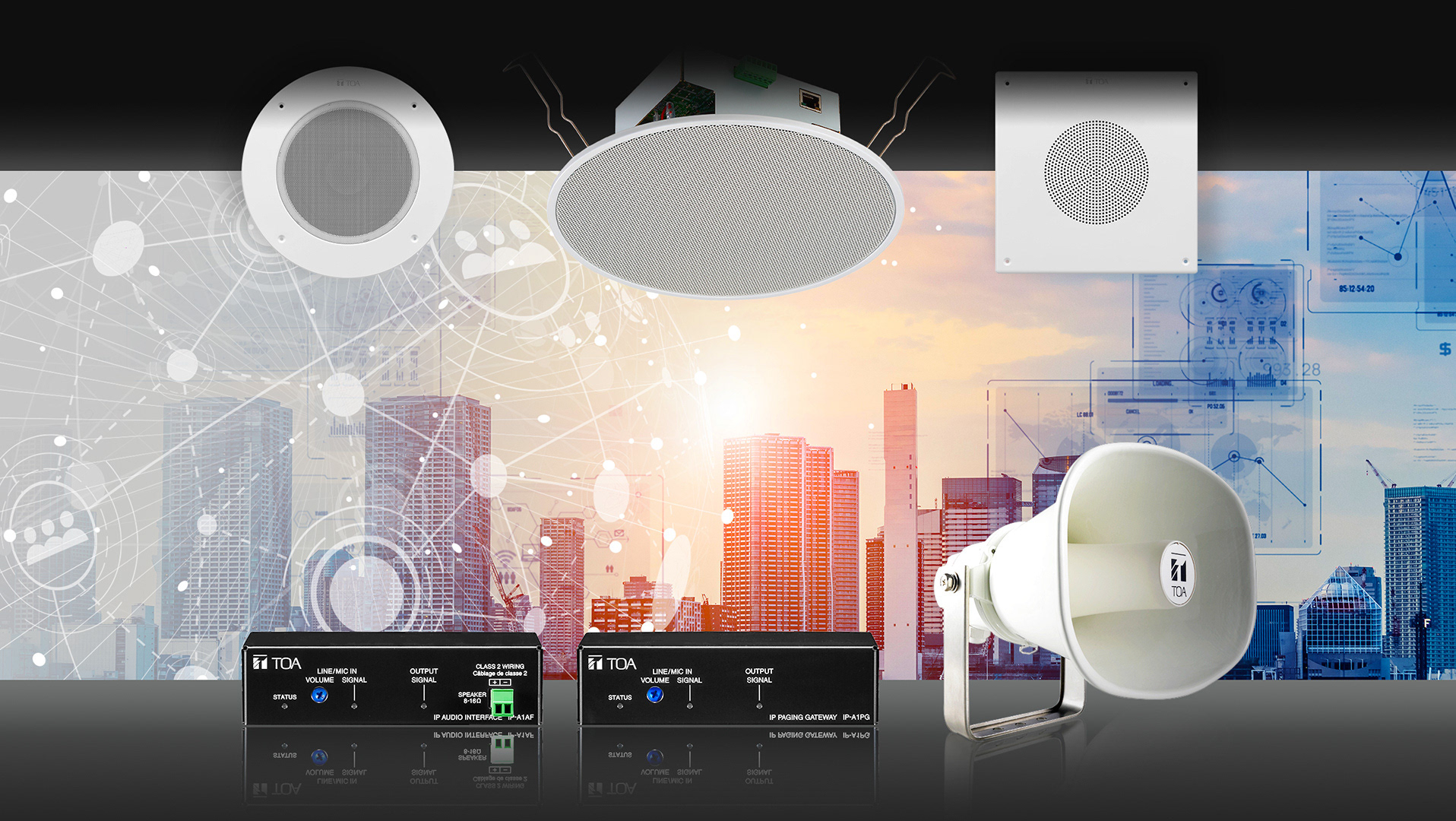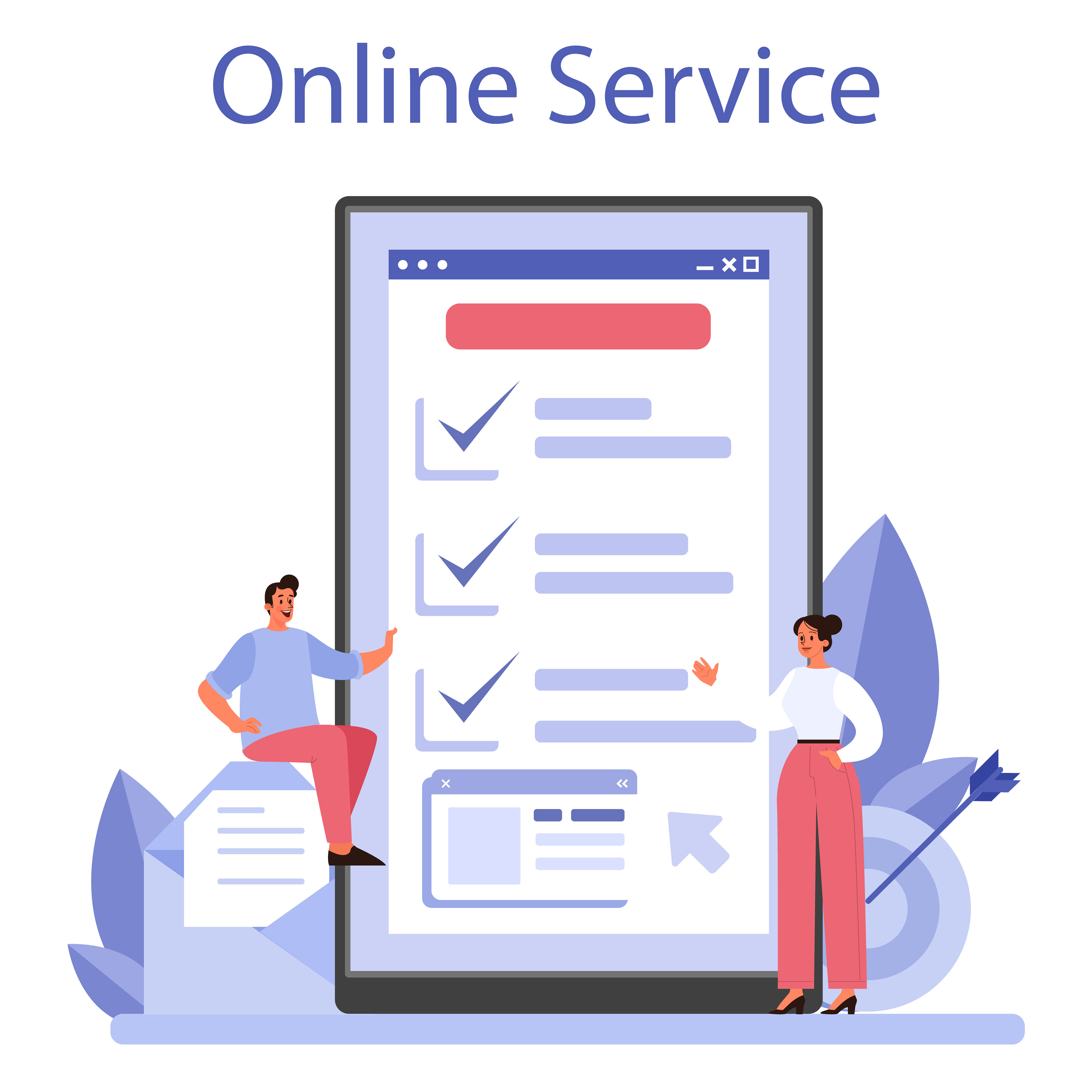

Understanding and meeting client requirements for audio-visual (AV) solutions involves a structured approach that includes consultation sessions and site surveys. Here’s a brief overview of each step:
Consultation Sessions:
Understanding Client Requirements: Engage in detailed discussions to grasp the client's objectives, preferences, and specific needs regarding AV systems. This includes understanding the purpose of the AV setup (e.g., conference rooms, auditoriums, control centers), desired functionalities (e.g., video conferencing, presentations, multimedia displays), and any special considerations (e.g., integration with existing systems, scalability).
Identifying Objectives: Clarify the primary goals the client aims to achieve through the AV system, such as enhancing communication, improving productivity, or providing immersive experiences.
Budget Constraints: Discuss budgetary limitations and priorities to align proposed solutions with financial constraints while ensuring optimal performance and value.
Site Surveys:
Evaluation of Space: Conduct thorough site surveys to assess the physical environment where the AV system will be installed. This includes examining room dimensions, layout, ambient lighting conditions, and potential obstacles (e.g., pillars, windows).
Audio Needs: Evaluate room acoustics to determine optimal speaker placement, acoustic treatments (if necessary), and considerations for minimizing echo or reverberation.
Visual Needs: Assess viewing angles and distances to determine appropriate screen sizes, projector placement (if applicable), and ensuring visibility from various seating arrangements.
Infrastructure Requirements: Identify existing infrastructure (e.g., electrical outlets, network connectivity) and any upgrades or installations needed to support the AV system.
By conducting thorough consultation sessions and site surveys, AV professionals can tailor solutions that not only meet but exceed client expectations. This approach ensures that the AV system is designed to integrate seamlessly into the client’s environment, deliver reliable performance, and enhance user experience effectively within the specified budget constraints.
